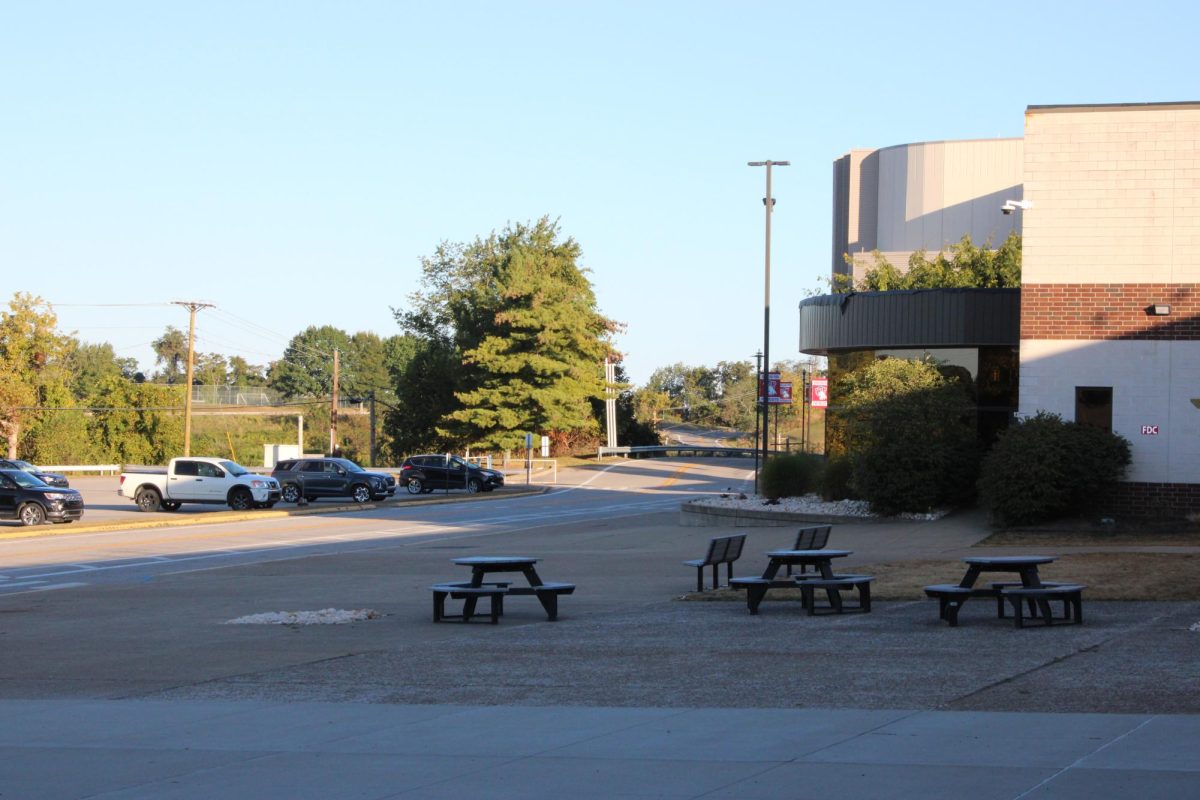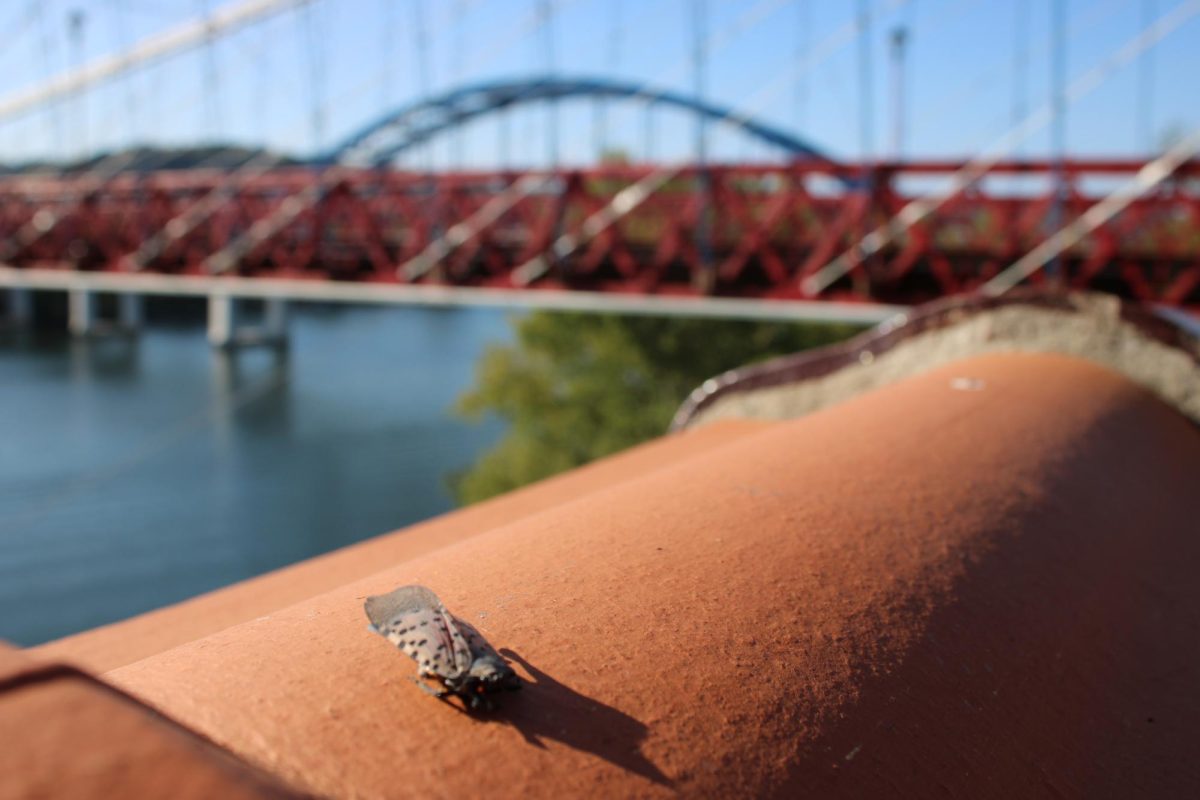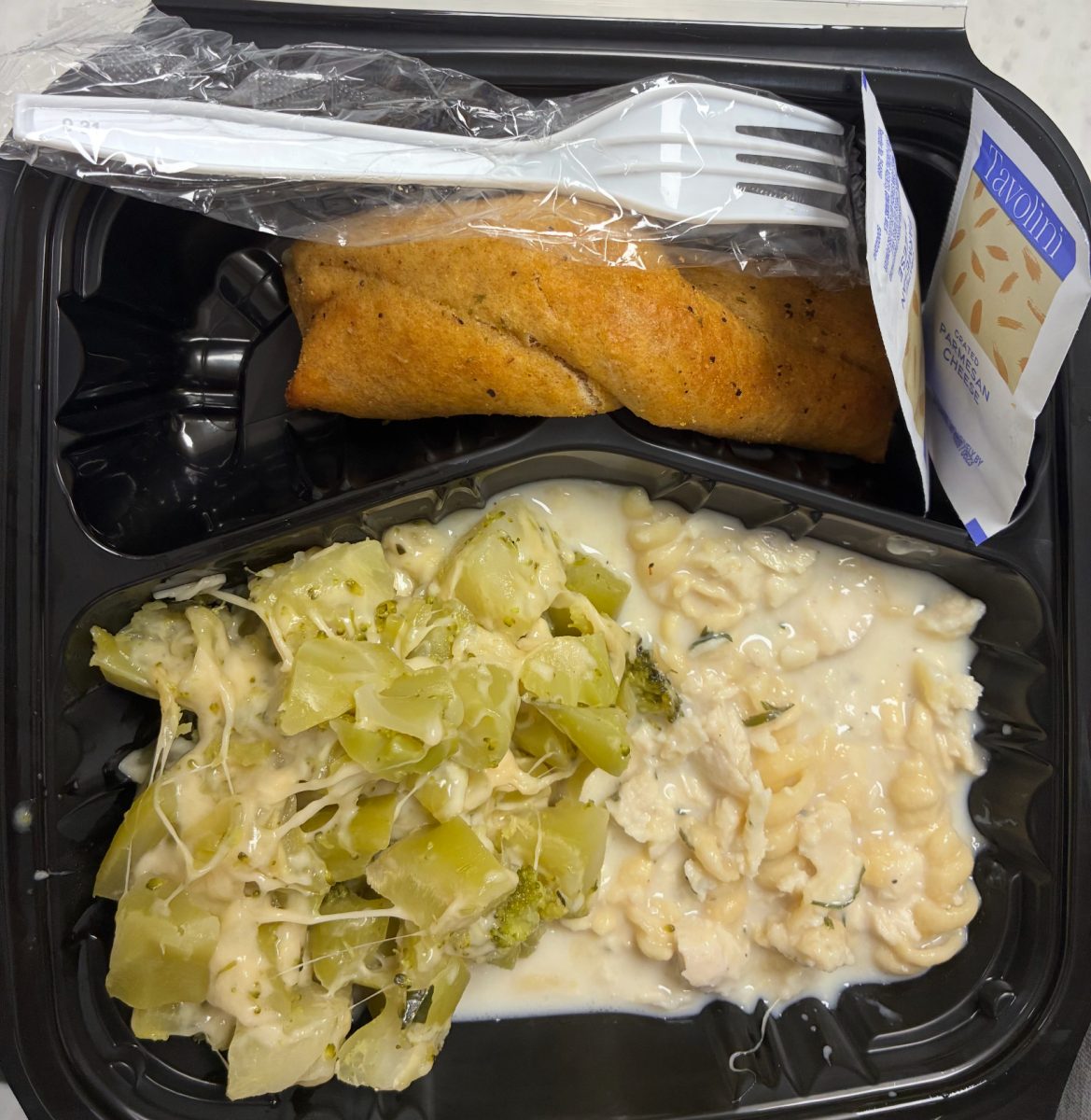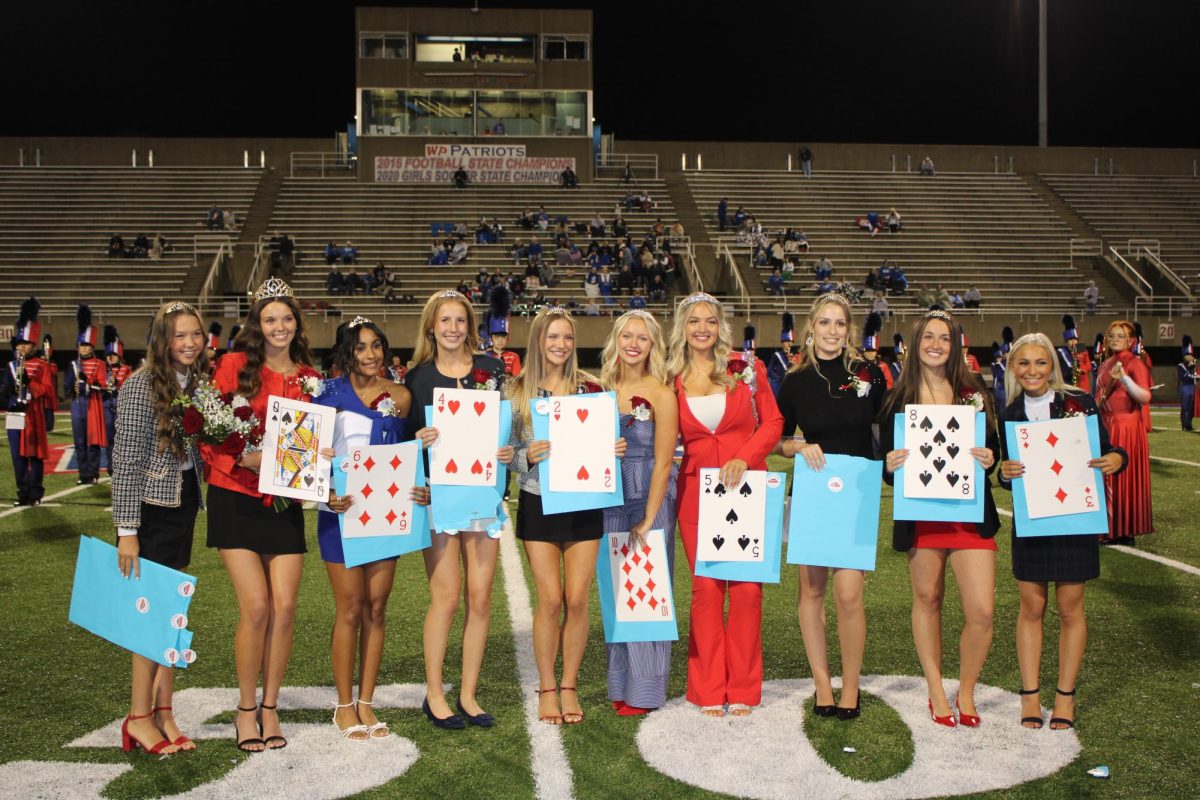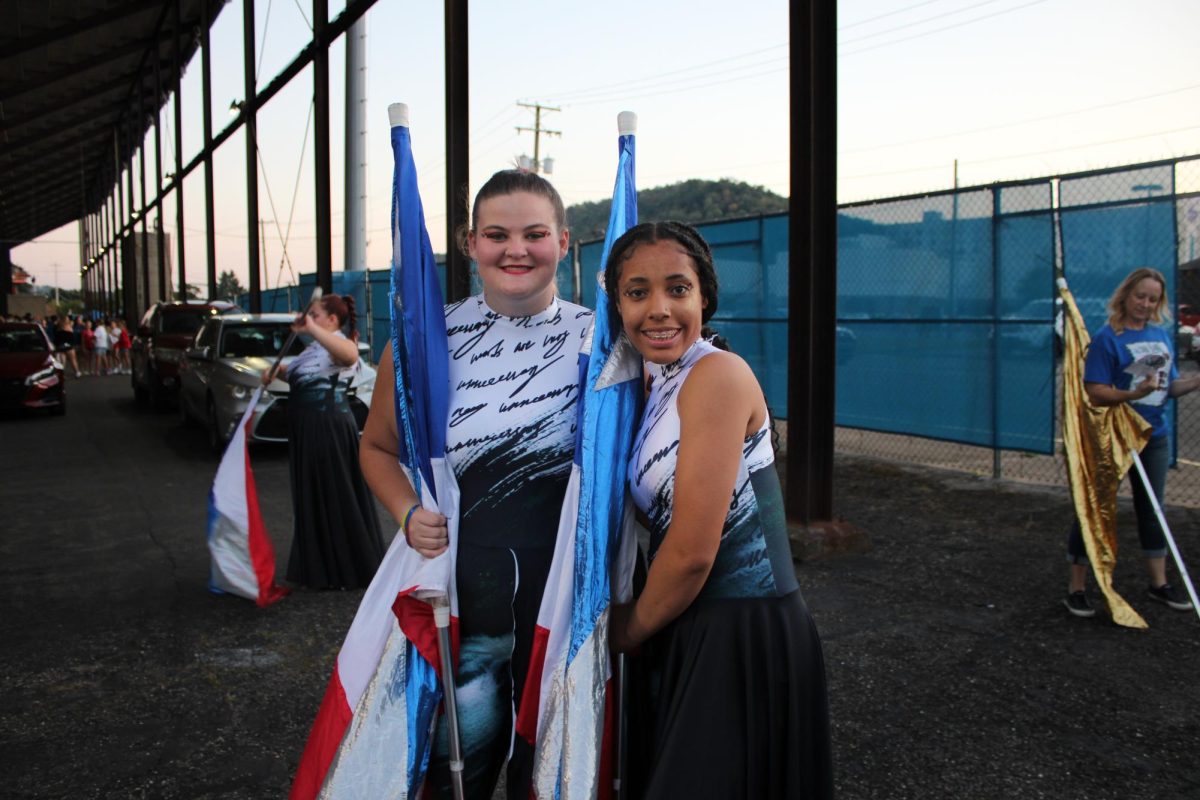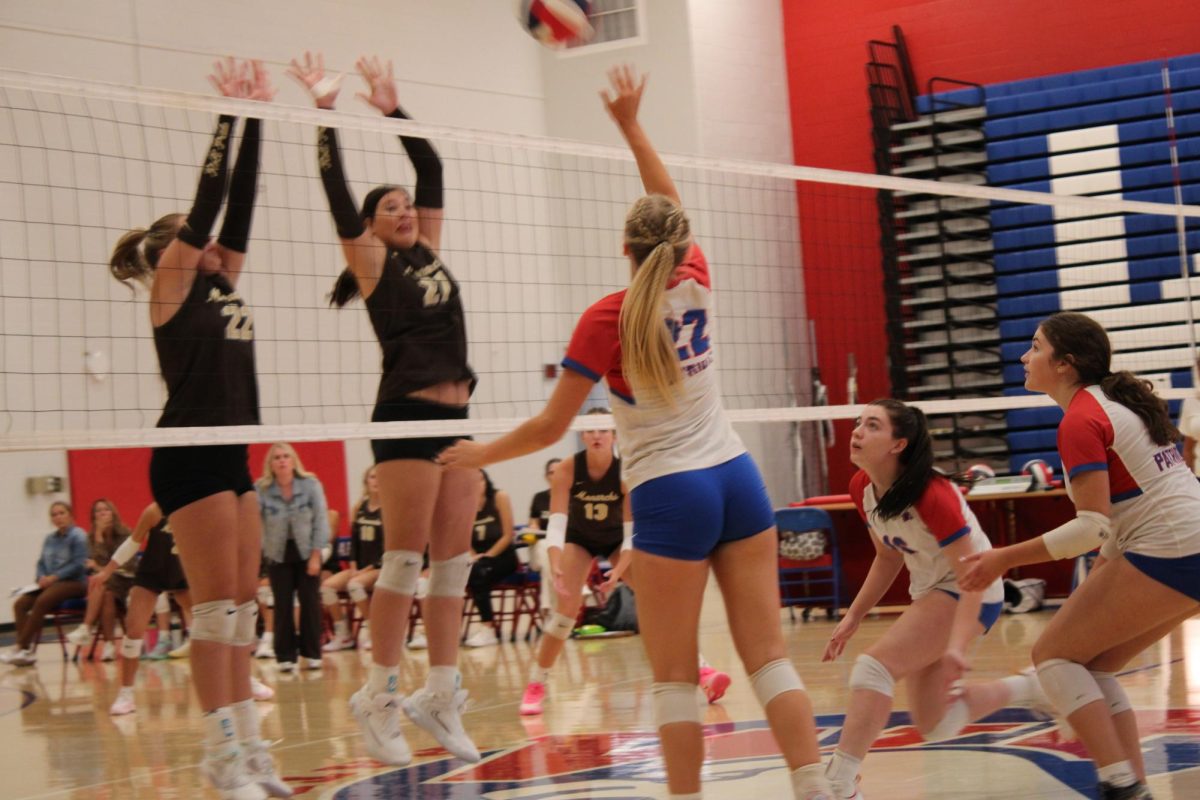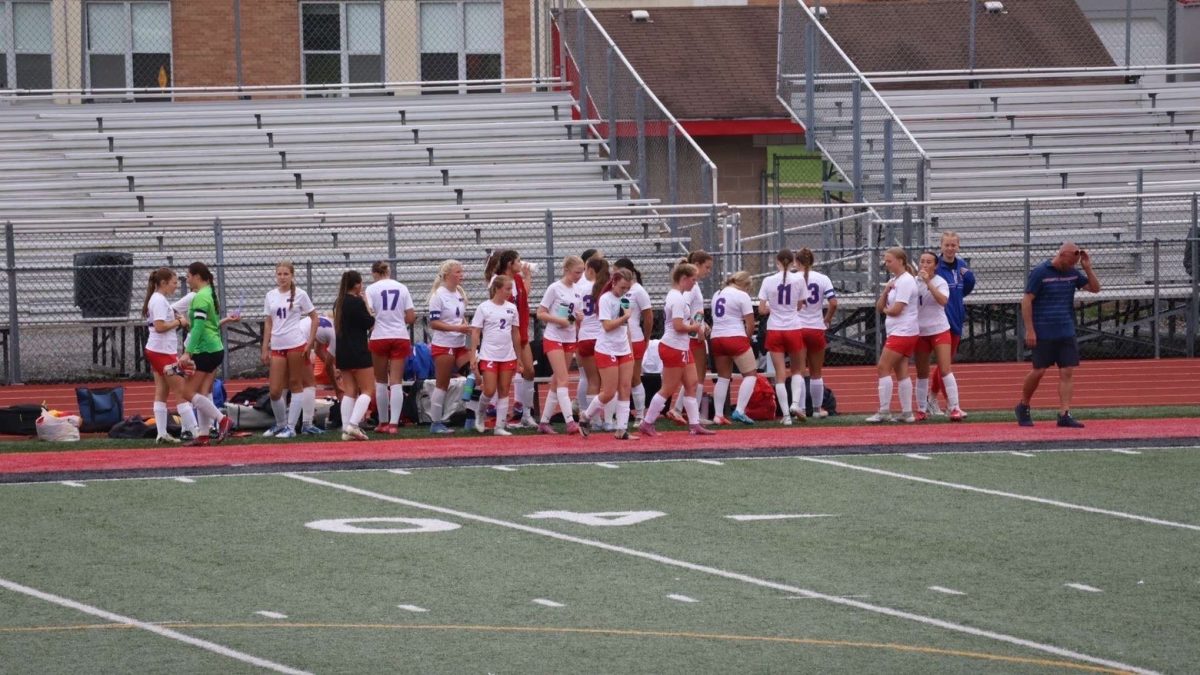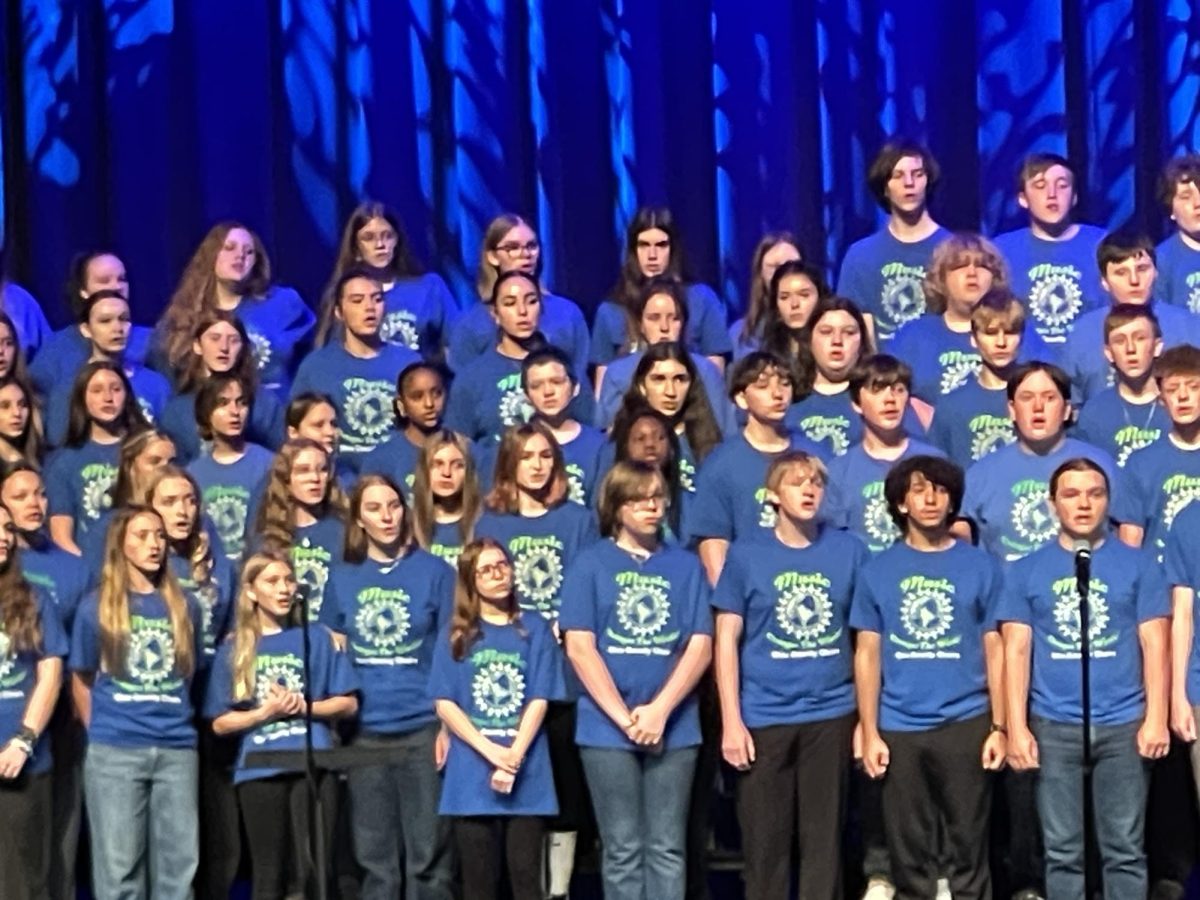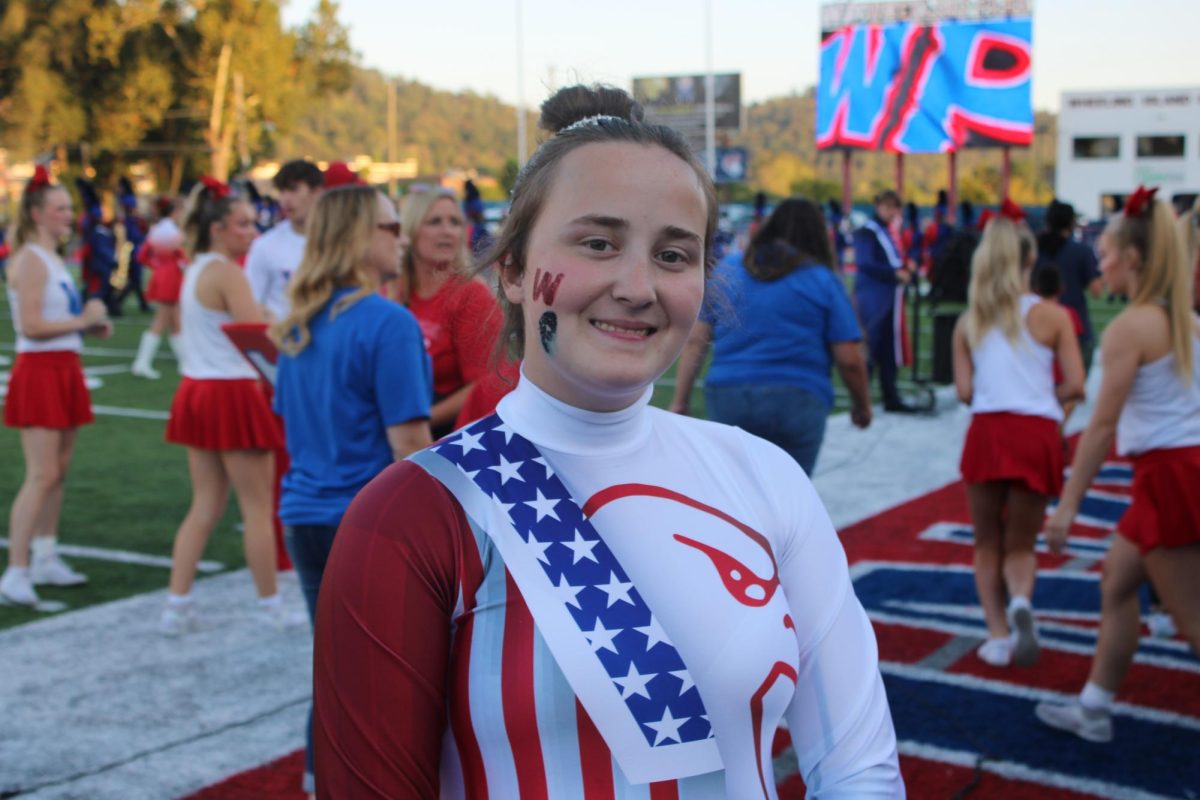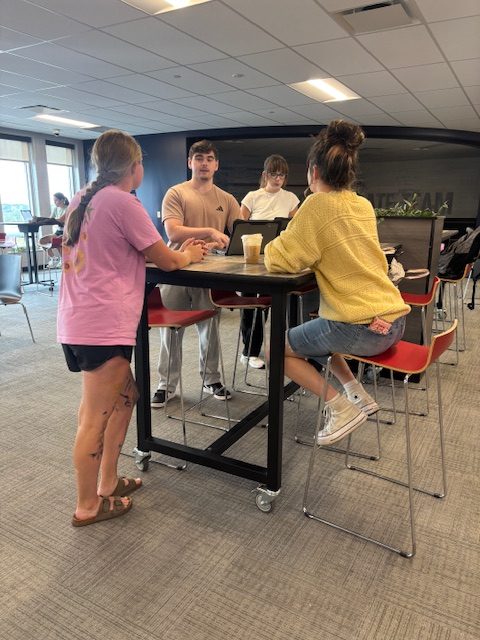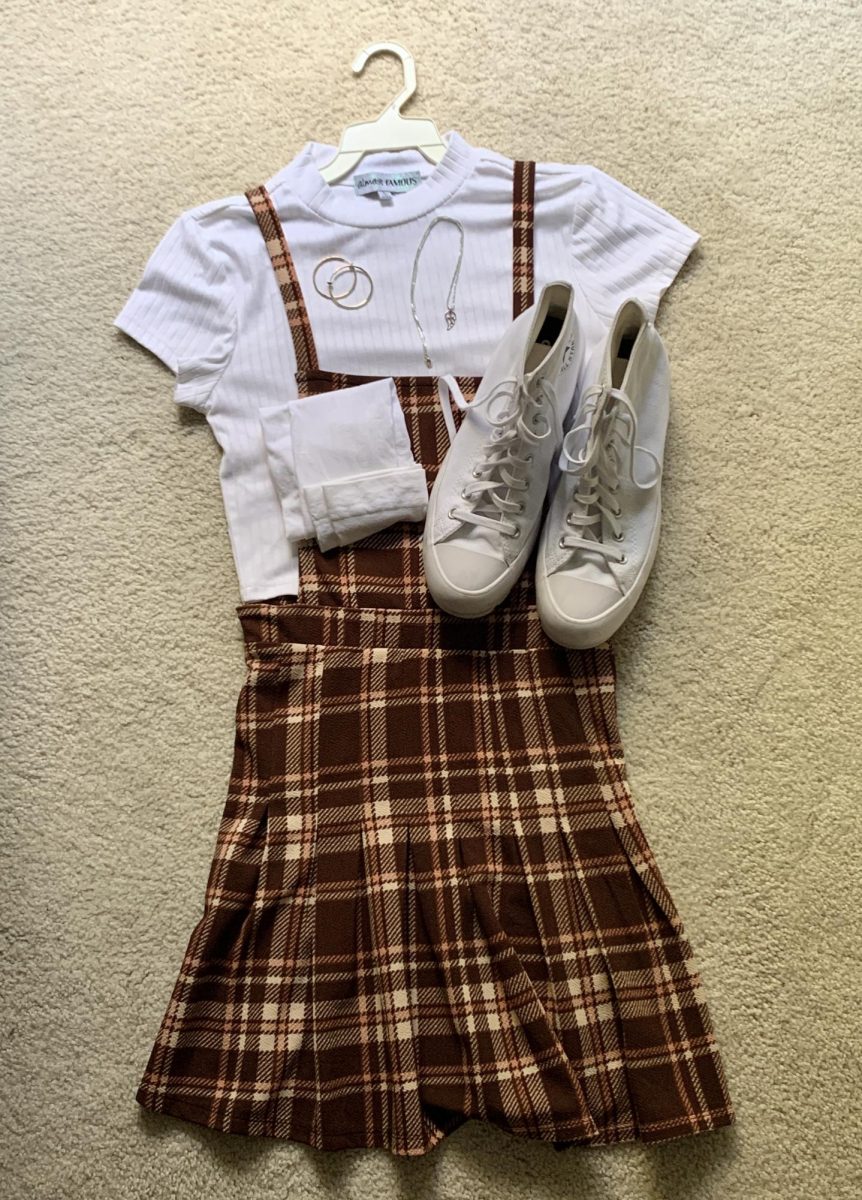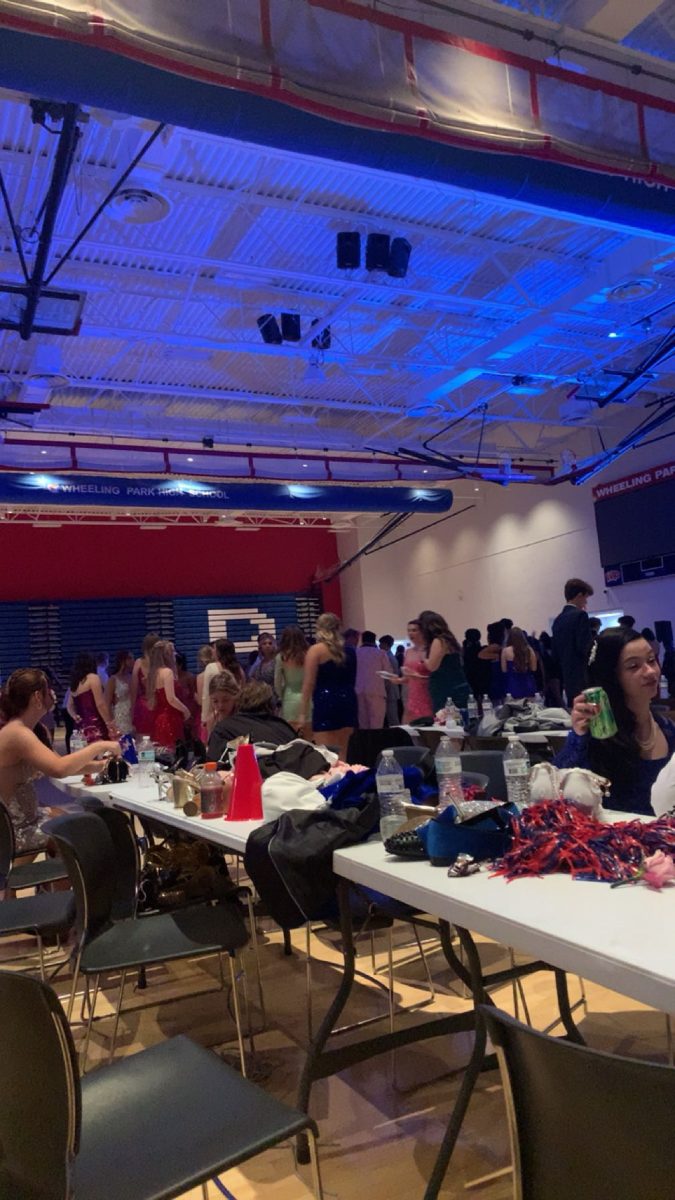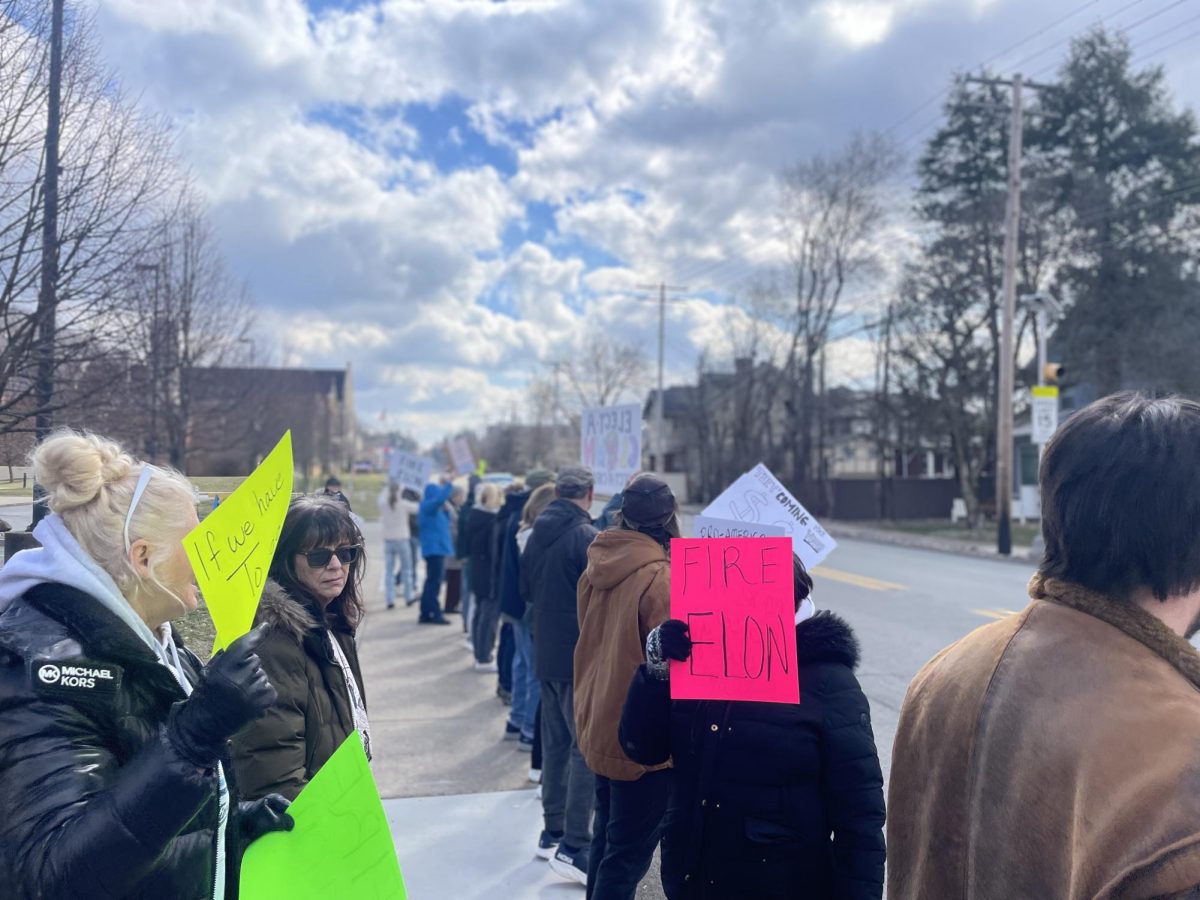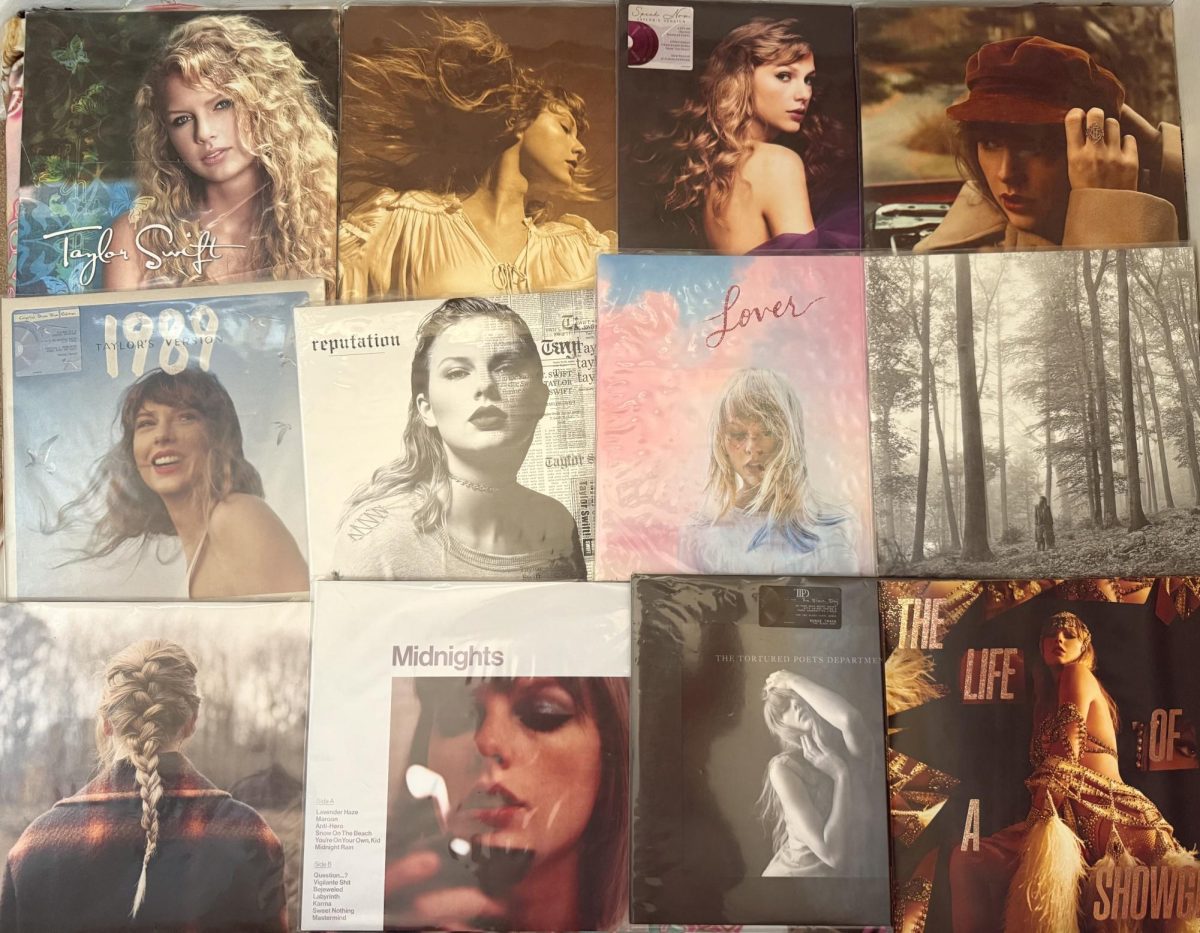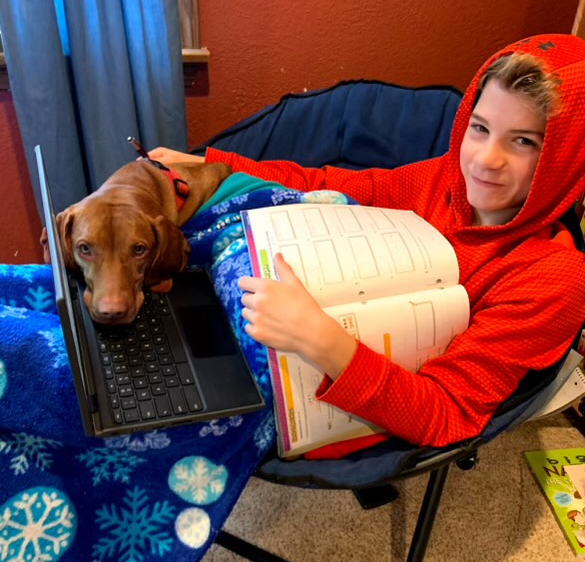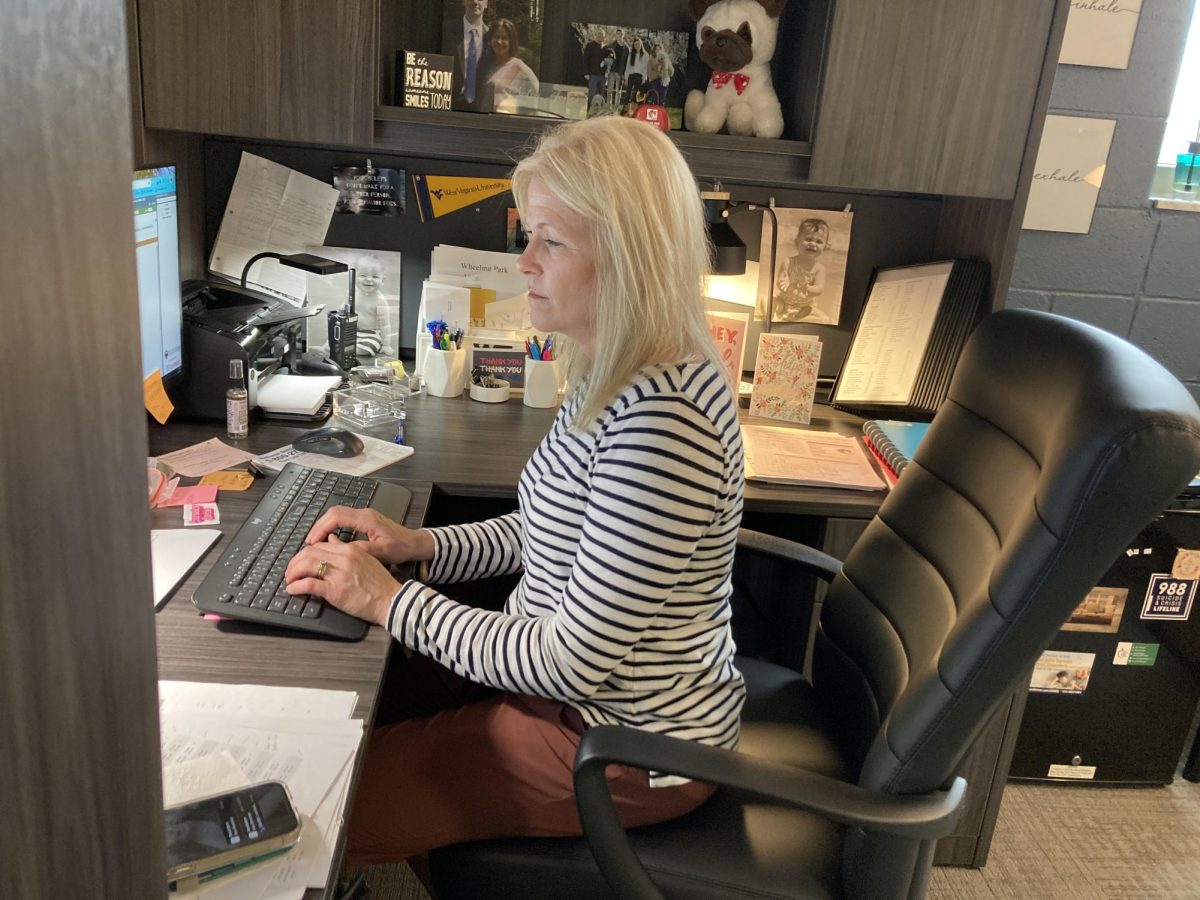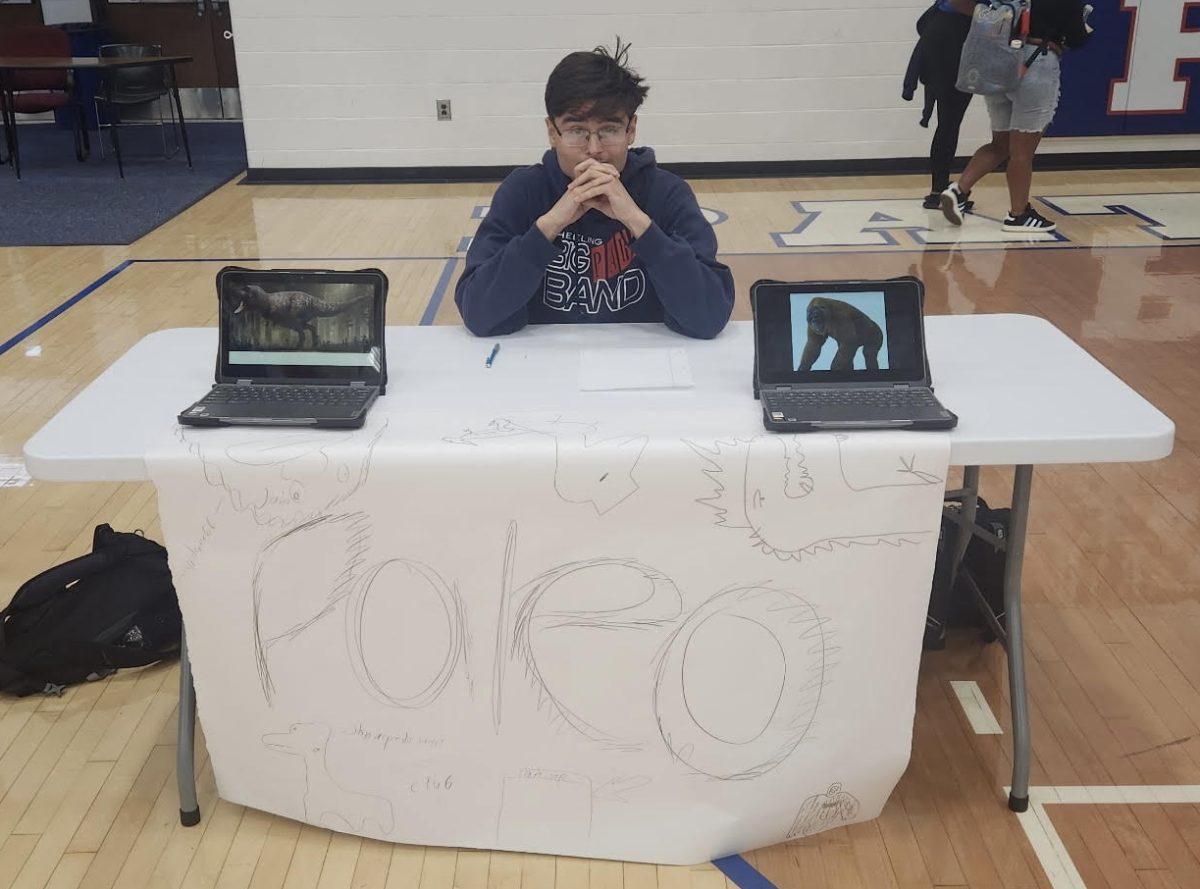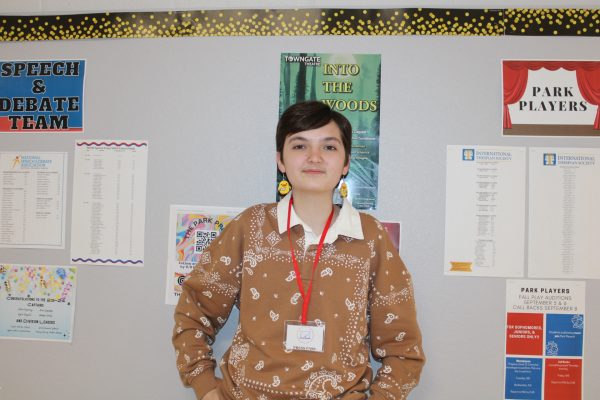On March 17, 2020, the first case of COVID-19 was diagnosed in West Virginia. A week later, on March 24, Governor Jim Justice issued a Stay at Home order across the state. Now, nearly four years later, students are still feeling the effects quarantine had on them.
“Sometimes when I’m in large groups, I stay on the edge more than I used to,” said Kathryn Prather, a senior at Wheeling Park High School. “Before the pandemic, I was in the center of things all the time…And then during the pandemic, I began to be on the outside, and then that became the habit to be there… I also wash my hands every time I get home now, which I think is actually a good habit to have, anyways.”
Quarantine began during Prather’s eighth-grade year.
“That was like pretend school,” said Prather. “And then for the beginning of my freshman year, I was totally virtual. I stayed at home because my mom has severe asthma. I went to school maybe four times in the beginning of the year…I stayed on the soccer team throughout my freshman year, and so that helped somewhat because I still had some connections in the building even though I wasn’t here during the day.”
This led to a rough transition when returning to in-person schooling.
“You don’t realize just how loud the building is until you’ve been at home for a year, and suddenly it’s bright and it’s loud and there’s stuff everywhere…It was a wild time,” said Prather.
Issac Aderholt, a sophomore, had a similar experience.
“It was terrible. It felt like it didn’t matter at all,” said Aderholt. “It was hard for the teachers, obviously, but it was also hard for the students. I felt like none of the students cared at all. I definitely didn’t. If you weren’t in school, it was like school barely existed and homework didn’t matter, so kids didn’t do anything. I didn’t do anything, and I had straight F’s.”
According to a New York Times article from November 28, 2022, eigth graders’ scores fell in 49 out of the 50 states.
“I went as much as they would allow me to, but in seventh grade, the year after COVID got introduced, they had us coming back only two days a week,” said Aderholt.
He found that quarantine affected his ability to complete homework as efficiently, even today.
“You can’t go through sixth, seventh, and eighth grade not doing anything and then go into high school expecting to be on the same pace as everyone else,” said Aderholt.
Students weren’t the only ones who struggled during quarantine. The transition to online schooling was difficult for many teachers, such as Jacob Galik, a history teacher known for using only paper.
“I didn’t use any paper. It was arduous to convert everything into something that can be accessed digitally, but it is what it is,” said Mr.Galik. “I’ve said all along that COVID was the hardest thing I’ve ever done as a teacher. It was difficult to get kids to show up to things. It was hard to get them to turn things in, and I don’t know that we’ve fully recovered from that yet,” said Mr. Galik.
Mr. Galik finds himself still keeping habits from quarantine.
“I’ve always been sort of a germaphobe, so I wash my hands pretty continuously. I consciously find myself keeping my distance from people, and that was a Covid thing.”
Despite all of this, Mr. Galik commends his fellow teachers for the effort they put into their classrooms during quarantine.
“We all did the best we could…I think it’s the biggest challenge any of us will ever face, as students and as educators. We were kind of making it up as we went along…It was incredibly hard, and for the most part, I think we did the absolute best we could,” said Mr. Galik.
In contrast, Stephen Turbanic, who teaches entrepreneurship, began his teaching career at Park in January 2019.
“My first full year here teaching was the year of COVID…so the learning curve wasn’t as difficult for me because I was still new at my job,” said Mr. Turbanic. “I was still trying to figure out what the curriculum looked like, to get my balance, and to find a good flow for the classroom… It was a challenge, but the challenge wasn’t ‘How do I transfer all my work from paper to online?’ It was ‘How do I make an online presence that the students can manage and understand?’”
For the first few months outside of quarantine that Mr. Turbanic taught, he used paper for his assignments.
“It was because of quarantine that we transitioned into all online work,” said Mr. Turbanic. “And when we came back full-time, I left it as an online class because we still had some students that were in and out. I felt like it was a good place to have everything isolated in Schoology and then give the option of doing the paper version if they want… there’s a lot more kids that like the paper version. They’re kind of burned out on the laptop.”
And just like other teachers and students, Mr. Turbanic has noticed a difference in his students.
“Coming back to school, I think transitioning into a classroom setting with assignments [due] during that period versus the week was the challenge,” said Mr. Turbanic. “I still find it to be a challenge where students will wait until the end of the week and submit all of their work at once… I don’t feel like it’s something that they want to do, I think it’s something that they’ve been conditioned to do.”

